Electric Heat Pump - and turn off or turn down
districtgirrrl
16 years ago
Featured Answer
Sort by:Oldest
Comments (11)
hiltonheadacguy
16 years agolast modified: 9 years agoRelated Professionals
Bellflower Solar Energy Systems · Dana Point Solar Energy Systems · Allendale Home Automation & Home Media · Campbell Home Automation & Home Media · Castle Rock Home Automation & Home Media · Glenview Home Automation & Home Media · Irvine Home Automation & Home Media · Milton Home Automation & Home Media · Pine Hills Home Automation & Home Media · San Pablo Home Automation & Home Media · Scottsdale Home Automation & Home Media · Severn Home Automation & Home Media · Westminster Home Automation & Home Media · Sugar Hill Home Automation & Home Media · Ventura Fireplacesjeffnette
16 years agolast modified: 9 years agodavidandkasie
16 years agolast modified: 9 years agodadoes
16 years agolast modified: 9 years agogaryg
16 years agolast modified: 9 years agodadoes
16 years agolast modified: 9 years agoforzainter_att_net
13 years agolast modified: 9 years agozheng1975_comcast_net
13 years agolast modified: 9 years agokandmsmith_xtra_co_nz
12 years agolast modified: 9 years agoiankelly29
8 years ago
Related Stories

LIFESlow Living 101: Tips for Turning Off the Chaos
It may feel as though you're too busy to slow down and enjoy life. But even little changes can have a big effect
Full Story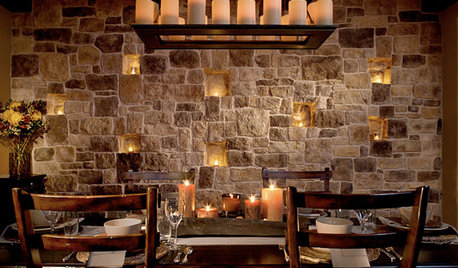
LIGHTINGTurn Up the Party Heat — the Sultry Decorating Secret
Give your home a warm and romantic vibe with candles at the entry, lined up along a wall, floating in martini glasses and more
Full Story
GARDENING AND LANDSCAPINGTurn Household 'Junk' Into Garden Treasures
Don't kick discarded household items to the curb — send them to the garden as planters, art pieces and conversation starters
Full Story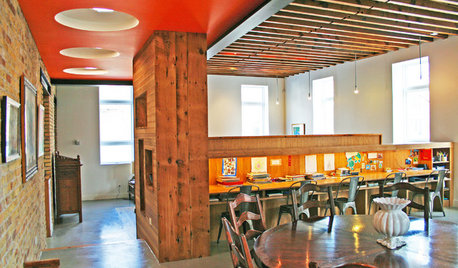
HOUZZ TOURSHouzz Tour: Schoolhouse-Turned-Home in Chicago
A family of seven settles into a dream modern-industrial home that reflects both their green philosophy and their fun, casual lifestyle
Full Story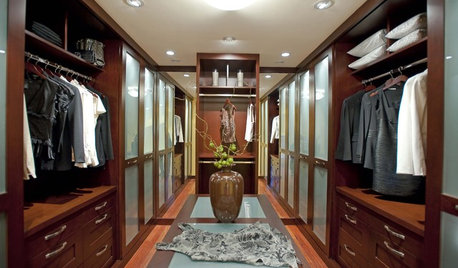
GREAT HOME PROJECTSTurn That Spare Room Into a Walk-in Closet
New project for a new year: Get the closet you’ve always wanted, starting with all the info here
Full Story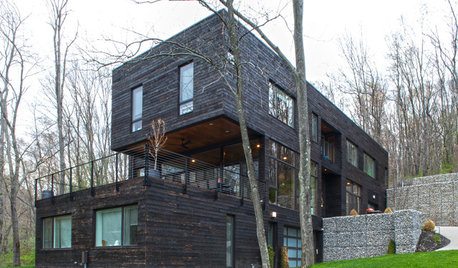
HOUZZ TOURSMy Houzz: Modernism Takes a Natural Turn in Pennsylvania
Generous wood throughout and woodsy sights outdoors soften and warm this home’s modern lines
Full Story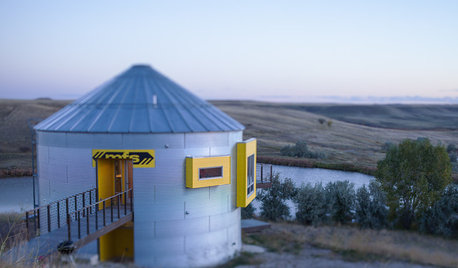
HOUZZ TOURSHouzz Tour: Prairie Grain Bin Turned Bucolic Retirement Home
An agrarian structure and a big dream combine in this one-of-a-kind home that celebrates 250 acres of Montana grasslands
Full Story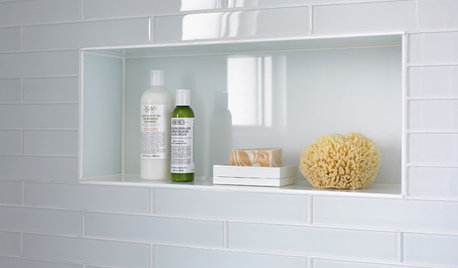
SHOWERSTurn Your Shower Niche Into a Design Star
Clear glass surrounds have raised the design bar for details such as shampoo and soap shelves. Here are 4 standouts
Full Story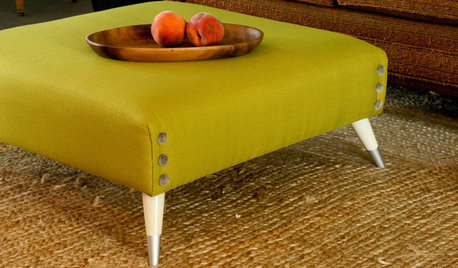
DIY PROJECTSTurn a Shipping Pallet Into a Stylish Ottoman
Get the step-by-step instructions for upholstering your own mod living room centerpiece
Full Story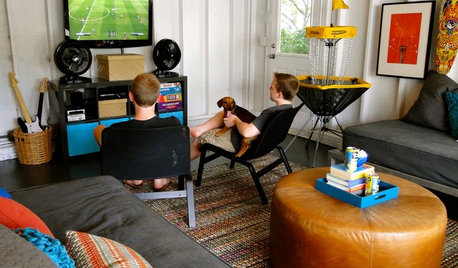
GARAGESRoom of the Day: Detached Garage Turned Teen Cave
New room serves up Ping-Pong, disc golf and board games, and hosts movie nights and sleepovers
Full Story






jeffnette